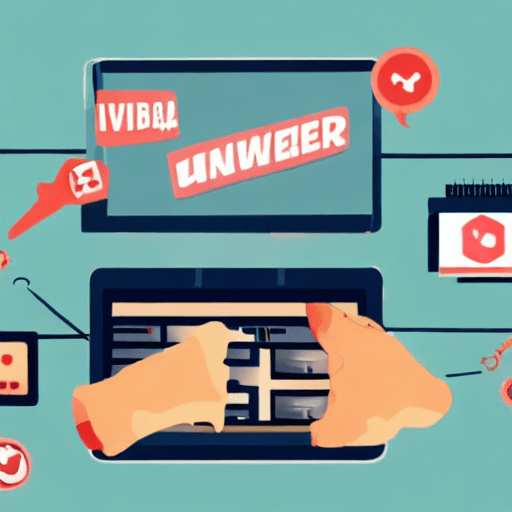

Creating viral content is the holy grail of marketing. It’s the dream scenario where a single piece of content explodes across social media, generating massive brand awareness, driving engagement, and ultimately, boosting sales. However, virality isn’t something you can simply manufacture. It’s a complex interplay of factors, including compelling content, strategic timing, and, increasingly, the power of influencer marketing. This article delves into the art of creating viral content, specifically focusing on how to utilize influencer marketing to amplify your campaigns and maximize their potential for explosive growth. We’ll examine successful campaigns, dissect the strategies behind them, and provide actionable insights you can apply to your own marketing efforts.
Before we dive into influencer marketing, let’s establish a foundational understanding of what truly drives virality. It’s not just about creating something ‘cool’ or ‘interesting’. Virality is fundamentally about emotional connection and social sharing. People share content because it resonates with them on a personal level, makes them feel something – joy, anger, surprise, empathy – and provides them with a way to express themselves or connect with others. The core drivers of virality can be categorized as follows:
It’s crucial to remember that virality is often unpredictable. While you can influence the odds, you can’t guarantee it. However, by understanding these drivers, you can significantly increase the chances of your content going viral.
Traditionally, brands relied on mass media – television commercials, print ads, and large-scale social media campaigns – to reach a wide audience. However, the rise of social media has fundamentally changed the landscape. Now, consumers are more skeptical of traditional advertising and trust recommendations from individuals they perceive as authentic and knowledgeable – influencers. Influencer marketing has become a powerful tool for amplifying viral campaigns because it leverages the existing trust and engagement that influencers have built with their audiences.
Influencers aren’t just celebrities; they’re individuals with a dedicated following who have established themselves as experts or tastemakers in a particular niche. When an influencer promotes your content, it’s not just an advertisement; it’s a recommendation from someone the audience trusts. This significantly increases the likelihood of the content being shared.
It’s important to recognize that ‘influencer’ comes in various sizes and levels of engagement. Here’s a breakdown:
For viral campaigns, micro and nano-influencers are often the most effective choice. Their smaller, more targeted audiences are more likely to be genuinely interested in your brand and more likely to share your content with their networks.
Let’s examine some real-world examples of campaigns that successfully utilized influencer marketing to achieve viral status:
In each of these cases, the influencers weren’t just promoting the product or service; they were becoming part of the brand’s story. This created a deeper connection with consumers and significantly increased the likelihood of the campaign going viral.
Now, let’s delve into specific strategies you can employ to maximize the impact of your influencer marketing efforts:
Remember, influencer marketing is not about simply paying influencers to promote your product. It’s about building a genuine connection with your target audience through trusted voices.
Influencer marketing has become an indispensable tool for brands looking to reach a wider audience and drive engagement. By carefully selecting the right influencers, developing a clear strategy, and fostering authentic relationships, you can significantly increase the likelihood of your campaign going viral. The key is to move beyond traditional advertising and embrace the power of trusted voices to connect with your target audience in a meaningful way.
This detailed exploration of influencer marketing provides a solid foundation for understanding and implementing successful campaigns. Remember to adapt these strategies to your specific brand and target audience for optimal results.
Tags: viral marketing, influencer marketing, viral campaigns, content marketing, social media marketing, brand amplification, content strategy, influencer strategy, campaign amplification
0 Comments